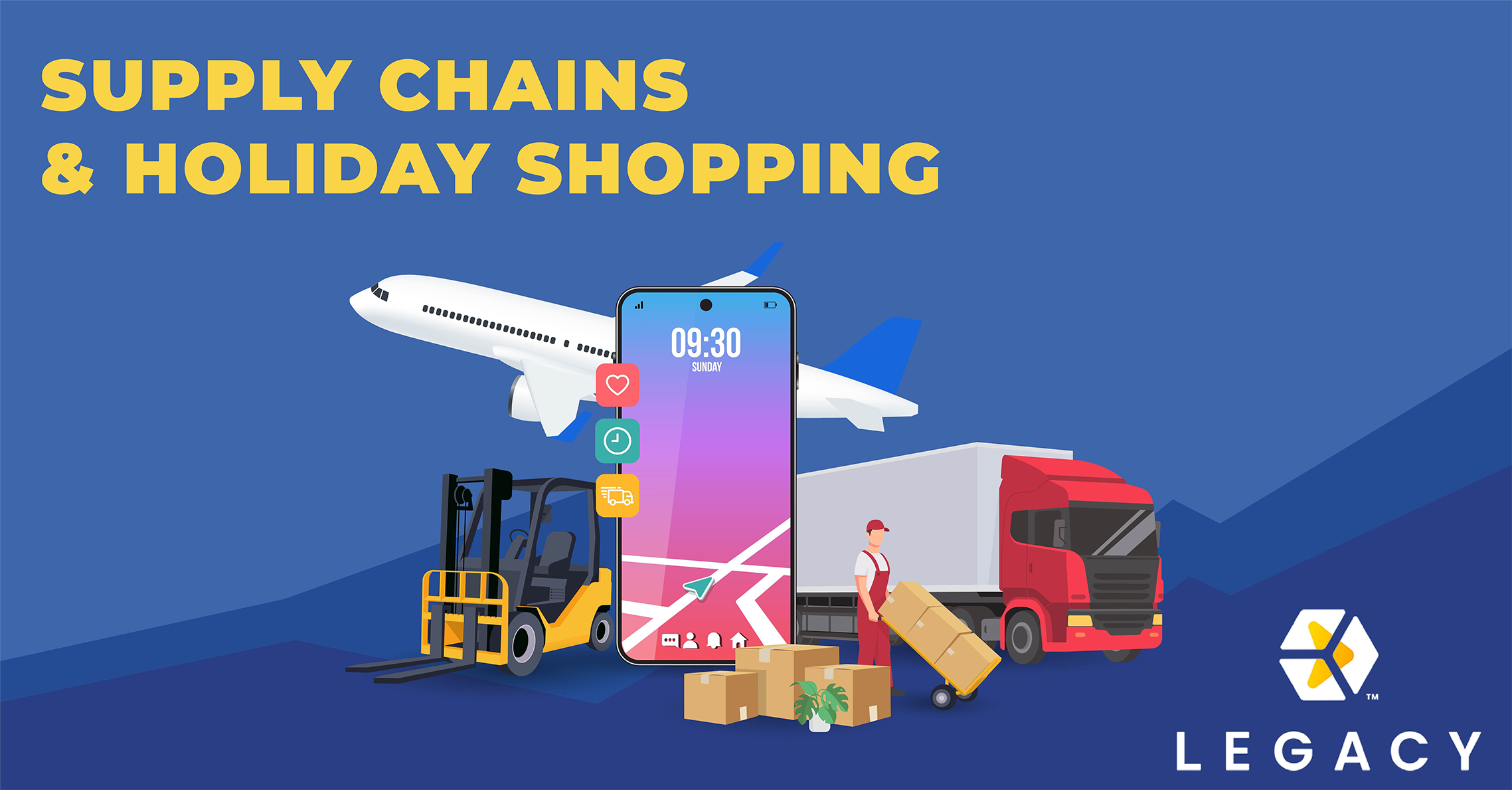This holiday shopping season is expected to be a unique one for the supply chain and logistics industry, retailers, and consumers. Various national and international circumstances contribute to this: Inflation, the conflict in Ukraine, further shutdowns in China, potential railroad workers’ strike in the U.S., etc.
How is all of this playing out and expected to play out? Will retailers continue their historical trend of making 25% of their annual profits between November and December?
The Numbers
According to the National Retail Federation’s 2022 holiday shopping survey, 62% of consumers plan on making holiday-oriented purchases this season. Surprisingly, that’s a 1% increase from 2021. Even though 76% of Millennials claim they will reduce their holiday spending this season, they’re still the leading demographic in terms of the amount they plan to spend on gifts, travel, and entertainment, which is $1823 per adult on average.
So it seems that retailers will more or less retain pecuniary momentum this last quarter of the year!
How To Market
However, we shouldn’t ignore that overall spending has shrunk slightly from last year ($1,447 per consumer to $1,430) and could possibly shrink more depending on new national or international developments. This presents a mandate for brands regarding their marketing: they’ll need to do highly targeted advertising for consumers who are likely to buy regardless of further developments. We’re also seeing retailers like Walmart and Target continue early or Pre-Black Friday deals, which used to start the day after Thanksgiving. This a wise strategy considering that consumers are compelled to make purchases when they’re presented with discounts.
Discounts
Consumers can expect to see a plethora of deep discounts on certain products (some electronics, fashion items, household appliances, etc.) because, reportedly, retailers have an overabundance of these left over from 2021 they’re eager to get rid of. At the same time, retailers have a scarcity of other items which consumers can expect to pay more for (bicycles, certain medications, infant formula). Regarding shortages, KPMG conducted their yearly holiday shopping report and documented the predictions of retail executives: 59% of them said they expect “minimal shortages”, and 30% expect none.
We conclude that this holiday shopping season will present some unprecedented challenges, but you can succeed armed with the right knowledge and tools. Legacy Retail is a team of retail professionals that has those right tools and knowledge to help you overcome the unique challenges of this season. To learn more, click here.




